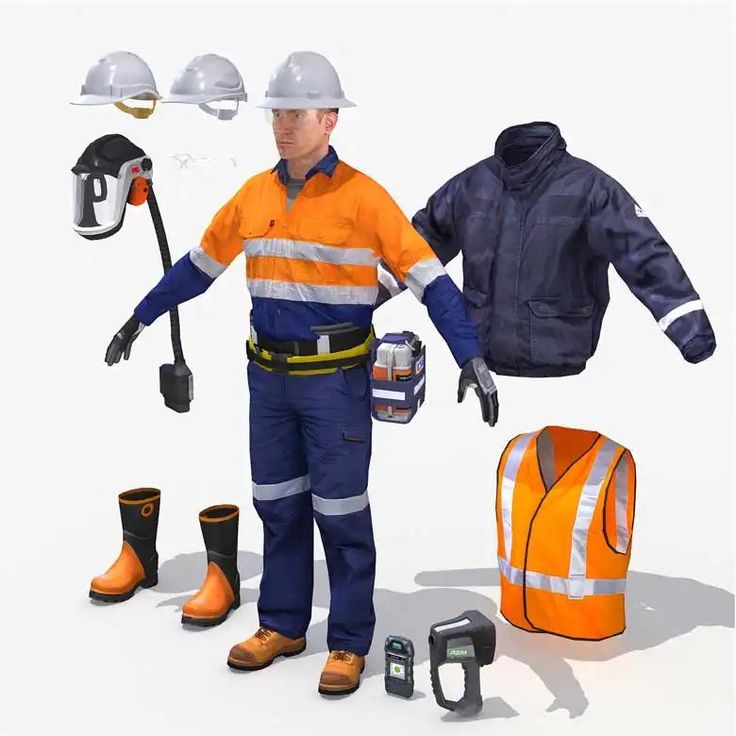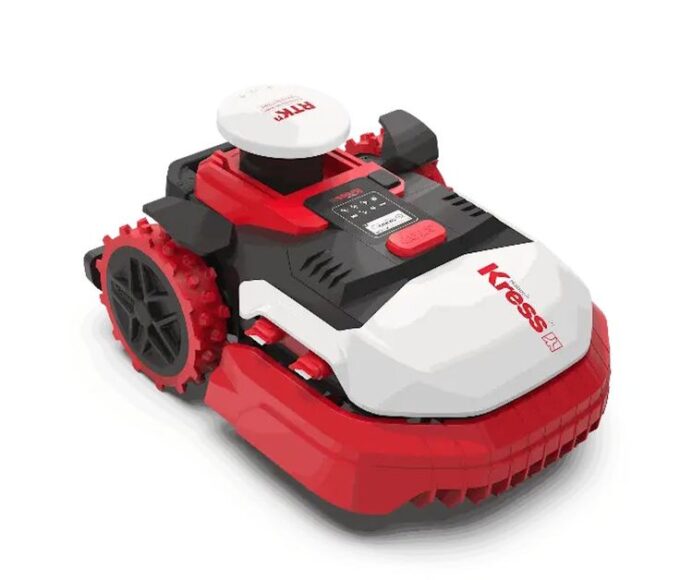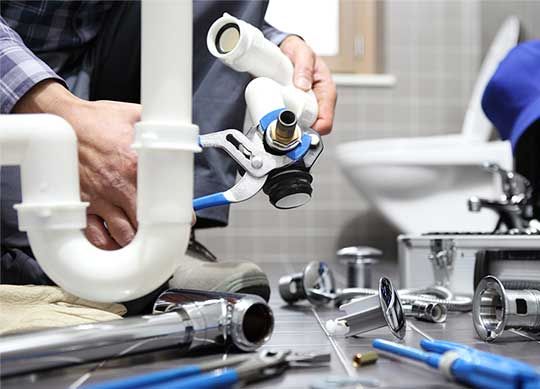Regarding safety, the appropriate Personal Protection Equipment (PPE) may save your life. The safety gear helps you to avoid dangers whether you are working in a construction site laboratory or even at home when you are doing some DIY. However, the question is how can you choose something right especially with this number of options? This guideline will take you through some of the key considerations you should make during your choice of PPE. We will also mention some of the usual pitfalls and underline the aspect of fit and maintenance. Seems to be a really important subject to go deeper so, challenge yourself to be prepared and knowledgeable everywhere!
Understanding Personal Protection Equipment (PPE)
Personal Protection Equipment is simply referred to as PPE and as the name suggests, it is a broad term that refers to various devices that are meant to protect a person against various risks. This gear may comprise such elements as masks, headgear, glasses, and masks. Every item has its own purpose of preventing injuries or diseases.
PPE is a necessity in numerous sectors, constructions, health, manufactures among others. The appropriate equipment aids in reducing risks of getting exposed to chemicals, falling objects, high noise levels etc.
It is essential to know about the kinds of PPE one can use, especially those who can work in a potentially hazardous setting. It is not all about possessing the tools, but it is about the knowledge of why and when to use it. Wearing the proper PPE would imply choosing safety first but simultaneously the need to increase the level of work output on the work site or on any work operation when there are risk factors involved.
Factors to Consider When Choosing PPE
There are a number of crucial considerations that are involved when it comes to the personal protection equipment selection. First, learn more details about hazards that are related to your workplace. Diverse places and use present different risks which need a different solution.
Then, you need to think about making it a comfortable and usable PPE. Heavy or bulky equipment may cause non-compliance and have an adverse impact on performance. Seek those ones that will enable free mobility but at the same time give sufficient protection.
Protection required also depends, according to the task. Determine the necessity of using simple safety glasses or entire outfits in reference to the requirements of the job.
In order to meet the industry requirements, look at the markings. This will make sure that your PPE has achieved accepted safety standards that are necessary in managing risks wherever you work.
Common Mistakes to Avoid When Selecting PPE
The task of choosing appropriate personal protection equipment (PPE) may be overwhelming. The first error is to ignore some of the risks that are attached to the line of work you do. Here, it is essential to calculate the risks correctly, in order to make a selection.
The second trap is to consider monetary expense above quality. Although financial limitations are objective, their compromises in the form of PPE reduction may result in undersigned protection and its subsequent higher costs in the form of injury acquisition or medical conditions.
The other mistake made by many is the fact that they do not consider comfort. Safety equipment that is uncomfortable would warrant workers undermining its usage and thus forego all attributes of the protective equipment.
Inclusion of employees is also lacking in the selection process and this will bring in poor selection. Users of the equipment in their daily activities possess some of the best information regarding what can suit their type of activities and what can best fit in their working environments.
The fact that no care is inculcated in training about PPEs use makes it nearly ineffective. I must practically make sure that everybody knows how to use their gears and preserve them to achieve best performance.
The Role of Employers in Providing Adequate PPE for Employees
Employers are very vital to the safety of their employees by ensuring that there are necessary personal protection equipment (PPE). Not only does it have a legal imperative, but it is an ethical duty as well to keep the working conditions safe.
An educated employer realizes that various jobs and industries will have different types of PPE since there is a diversified need. They ought to evaluate possible risks in the workplace and supply equipment that is effective in eliminating the risks. This incorporates all the items listed such as helmets, gloves, goggles as well as respiratory masks.
Additionally, employers should make sure that all the PPEs are effectively maintained and changed whenever required. Wear and tear should be routinely checked to ensure that accidents are averted in advance. It is also important to train the employees how to use their protective gear; none of it will work unless they use it in an appropriate way.
Employers can instill a sense of safety and care among their employees by completely implementing the PPE provisions to meet the health and safety requirements of the employees. Such a devotion does not only safeguard workers but can plant morale and efficiency in different departments.
It is only logical to create a workplace environment where staff safety is the priority with regard to both personal and business. High performance will go to those who will be comfortable in their working environment.
Importance of Proper Fit and Maintenance of PPE
Personal protection equipment cannot have any compromise concerning the fit. The risk of safety due to poor fitting equipment enables the hazards to go through the loopholes. They fit perfectly snug and comfortable without being too tight to provide optimum protection and allow free movement.
Periodic servicing is also very important. Untreated PPE may deteriorate with time losing its protective capabilities. Periodic checks are one of the ways to detect wear and tear in advance before it results in a liability.
The duration of your equipment and efficiency will last longer when you keep it cleaned in the manufacturer guidelines. Even more common such practices can save you, storing the PPE in a dry area once it is used away will be one.
Training users to select and modify their equipment to fit is also a better safety precaution. Workplace safety becomes considerably high when all people know the value of using them properly.

















Leave a comment